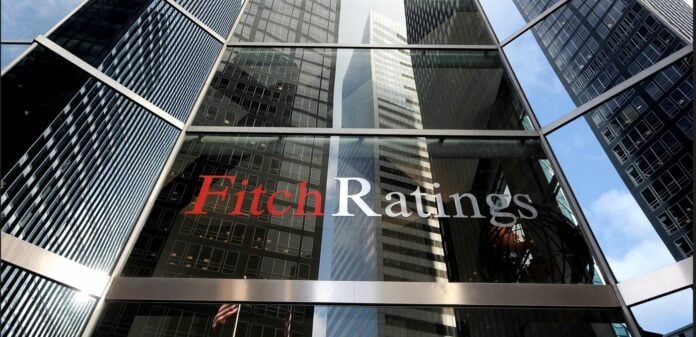Amid global uncertainty, and driven by the faster reduction of public debt, the strengthening of Greece’s growth momentum, as well as the progress achieved in various sectors, Greece has successfully passed the latest assessment by the Fitch rating agency.
Following the upgrade of the outlook, Greece made another step above the investment grade threshold, in a period of 12-18 months, as other rating agencies have already done (S&P, DBRS and Scope Ratings). It is certainly a positive development for the market, with the US rating agency continuing the series of positive news that the above three agencies started this year.
The upgrade is attributed to:
Among the positive developments that led to the upgrade of the outlook by the US rating agency, the following factors played a decisive role:
- The repurchase of GDP warrants by Greece. It is noted that on May 14, the Public Debt Management Agency repurchased the GDP-linked warrants issued under the PSI in March 2012 for 156 million euros. These bonds, maturing in 2042, which had a clause on specific performances of the Greek economy (GDP over 265 billion euros and growth above 2%) were at risk of being “activated” in 2027 or 2028, forcing the Greek State to pay an additional 300-400 million euros in interest until 2042.
- The commitment to early repayment of the entire loan received by Greece in the first memorandum (GLF) ten years earlier than the original schedule, which is 2041. In fact, the Greek State will begin this year, most likely in December, to repay the GLFs that expire in the period from 2033 to 2041, paying 5.29 billion euros. These annual payments will cover a proportional part of the total balance of the loan.
The rating agency made special mention of the prudent and reliable fiscal framework under which the country operates. It underlined the government’s strong commitment to fiscal prudence and emphasized that the latest official fiscal forecast, namely the update of the medium-term fiscal plan of May 2025, is fully aligned with the new EU fiscal framework.














